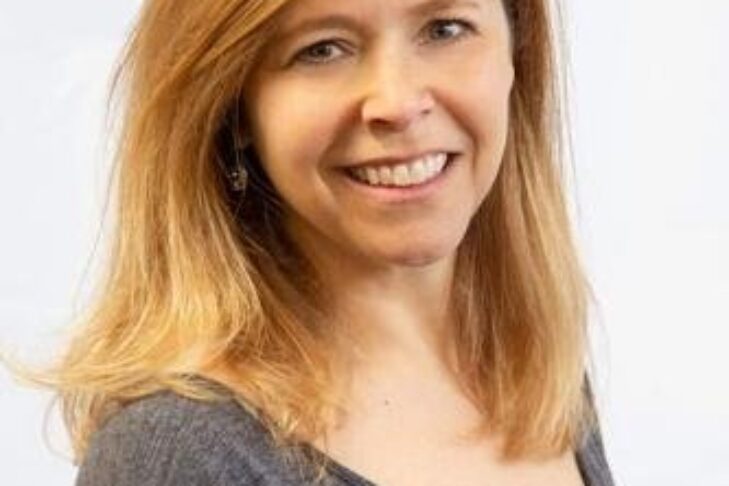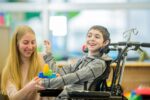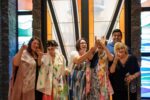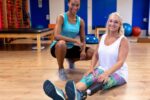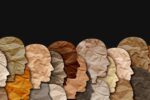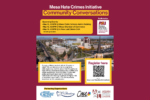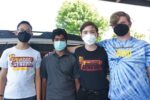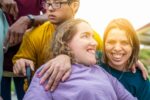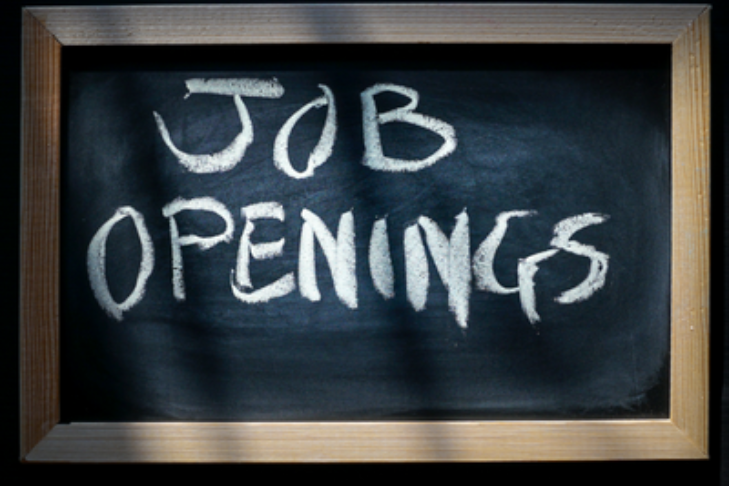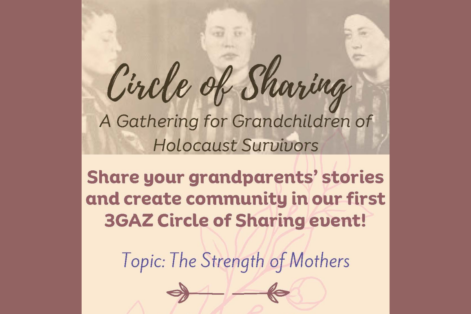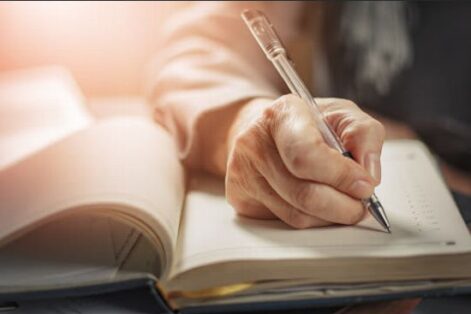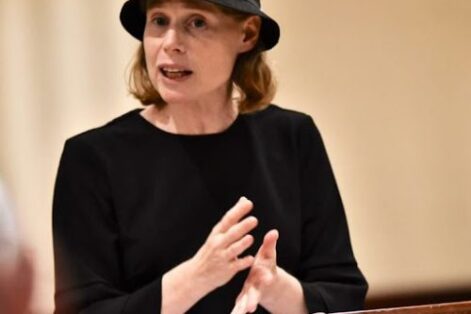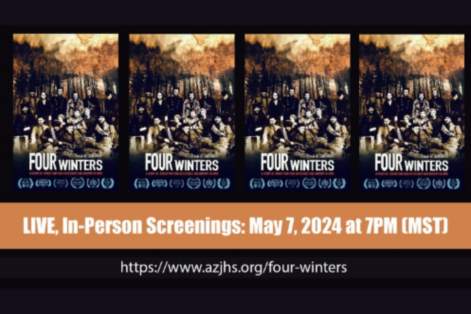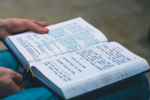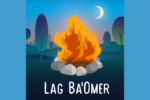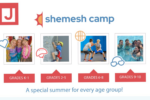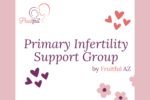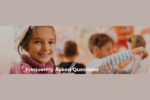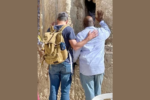Author: Amy Hummell
(Jewish News) The past school year has tested everyone. We have learned much about education, technology and ourselves. While more people get vaccinated and consider taking a long-awaited summer vacation, there is something else to consider — the summer slump.
The gap of time between students’ last day of school in the early summer and when they start again the next fall, is what education researchers have called the summer slump. Standardized tests show students losing a step in their academic achievement, so researchers created studies that have tried to identify why this gap or learning loss is happening as well as what it means.
Each year we learn a bit more about how to avoid the slump and how to keep students from regressing in their academics over the summer. But when COVID hit and teaching went online, a different kind of learning loss started to emerge. The pandemic did not just force schools to remain remote, it also prompted some students to leave the public school system and opt for private schools, homeschooling and “pandemic pods” where several families chose to quarantine together.
Unfortunately, moving schools or staying home was not an option for everyone. Lower income schools were not able to switch to remote learning and the families in those districts lacked basic needs, like high-speed internet and conducive learning environments with quiet spaces and minimal distractions. Some older students simply chose to drop out of school.
Though this has not been labeled a crisis yet, new studies suggest that some students might have lost a full year of learning due to COVID.
But there are options for improving the situation, from summer classes and tutoring to online enrichment programs and accessible education software.
Then we have students with learning challenges, another group grappling with COVID. While daily struggles already existed for these students, COVID brought a new set of challenges.
Hope Kirsch, education attorney of Kirsch-Goodwin & Kirsch, PLLC, said when the schools first closed, the phones at their office were quiet. It seemed everyone was willing to take it in stride and do the best they could. Many people remember the stories of teachers going the extra mile delivering packets of materials to their students’ homes and waving to each other through glass doors.
A Gesher parent said the printer became a lifeline for her family because her child could not quite grasp the concept of transferring information from a worksheet online to a separate screen or Word document. When their printer wasn’t working, her child’s teacher arranged for a parent pick-up of the packets with the printed materials — it was as simple as driving up to the school so the teacher could place the packet in the backseat or trunk.
While ZOOM quickly became everyone’s friend, Gesher teachers learned ways to keep their students engaged and then shared new ideas as well as free resources with the teachers and staff at the Jewish day schools. Since everyone was getting used to Google Classroom, they then learned KAMI, which offers free materials so a teacher can create appropriate and individualized curriculum.
As soon as the schools opened, Kirsch said the calls started. She heard from parents who were told by school administrators or special education teachers they could not implement individual education plan services, including the related services of occupational therapy, speech and physical therapy due to COVID. This was in direct violation of state laws in special education.
Kirsch told families to keep a log tracking missed learning through the winter so they could review in the spring. Since then, many of the public schools sent letters to families sharing the child’s progress, what was missing and offering academic support even over the summer. “Kids are resilient, but there will be a gap to close. Summer learning can only help,” said Kirsch.
The pandemic seemed to expose problems that had long existed within school systems. It also amplified the importance of everyday learning. The classroom is a critical space for all students and where professional educators work on core subjects as well as socialization. Outside of school, our Gesher families found the importance of taking a break from all the screen time. They found experiences outside, drove to cooler destinations in the summer — perhaps staying in their car the entire time — while playing the Billboard Game, singing songs and taking pictures.
While we all need a break from online learning after this school year, it does not mean that our students can stop learning for two months. As we head into summer, there are many organizations offering fee-based courses as well as school districts providing free courses to brush up on skills.
Raising Special Kids has a comprehensive list of sports camps, art camps and academic-focused camps in its Raising Arizona Kids magazine.
And then there are free online sites like Kahn Academy or Master Classes that cover a multitude of subjects. Review your options and know that some online learning can still be a good opportunity for your child to grow while you get a chance to take a break. You have the power to close the gap and stop the summer slump. JN
Amy Hummell is the executive director of Gesher Disability Resources.
This article was originally posted on Jewish News.
This post has been contributed by a third party. The opinions, facts and any media content are presented solely by the author, and JewishPhoenix assumes no responsibility for them. MORE


